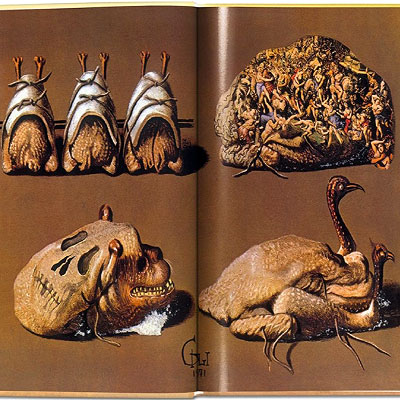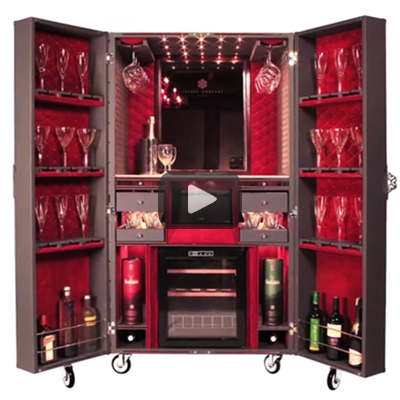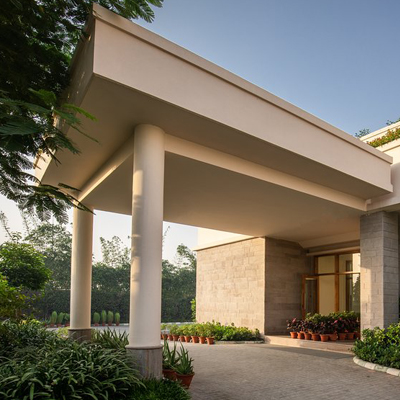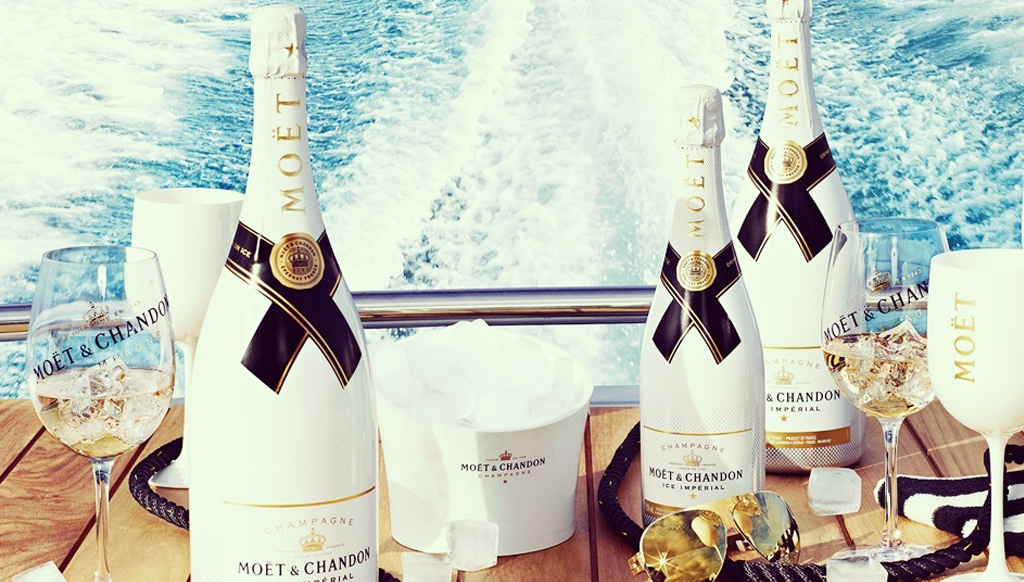
One of the myths associated with Champagne is that it is only meant for celebratory occasions. But did you know that like wine, it could be paired with food too?
When was the last time you witnessed the exchange of wedding rings, yes, right here in India, without a bottle of champagne being popped?
Think hard
One of the myths associated with Champagne is that it is only meant for celebratory occasions. But did you know that like wine, it could be paired with food too?
Here’s our Champagne guide to help you enjoy the fizz better.
What the label actually means?
Vintage: They are special. Vintage wines are produced only during good harvest years and are a blend of wines from a single year’s harvest. They are aged in the producer’s cellars for a period of at least three years and some producers even age them for decades. Vintage champagne from different years will be different reflecting the weather of that particular year.
Non-vintage: Non-vintage Champagne is produced by blending wines of different years. The bottle of non-vintage champagne won’t have a year marked on it as it is created from grapes of different years.
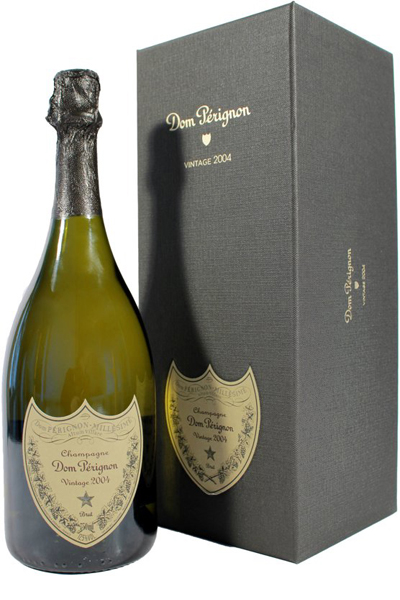
Blanc-de-blancs: It is made with white grapes i.e. Chardonnay (the green-skinned variety). It can be either vintage or non-vintage.
Blanc-de-noirs: This one is made from red grape types: Pinot noir or Pinot Meunier. The Blanc-de-noirs too come in the vintage and non-vintage category.
Rose: Known to be a lady’s drink due to its pink hue and romantic connotations, rose champagne is produced using lightly pressed red grapes. It can be vintage or non-vintage.
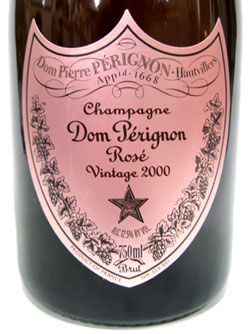
Serve and store it right
The bubbling beverage is served in Champagne flutes as it keeps the bubbles and aroma of the champagne fresh. Pour a small amount of Champagne in each glass and allow it to settle. Then fill each flute two-thirds full. Hold the stem of the glass only—if you hold it by the glass itself, the champagne will warm up and lose its fizz.
In case you have few bottles tucked away at your place, store them uncorked horizontally in a cool and dark place. Non-vintage Champagne can be stored for up to three years while vintage can be stored for about a decade! Yes. But it’s unlikely that you wouldn’t have an occasion to celebrate for that long and uncork the bubbly.
Got guests over but confused if a bottle of bubbly will be enough? Well here is the tip: A bottle of champagne fills about seven Champagne flutes.
![]()
While Champagne made from red Pinot Noir grapes goes well with robust flavours like meat and cheese, for fish spiced with lime, you can go for Chardonnay champagne.
![]() Pairing it Right
Pairing it Right
In India, Champagne is mostly served with desserts (read cake). Here is how you can pair it with food.
While Champagne made from red Pinot Noir grapes goes well with robust flavours like meat and cheese, for fish spiced with lime, you can go for Chardonnay champagne. Mushrooms taste great with a pinot-based champagne characterized by gentle animal and vegetal notes. Asparagus is generally considered to be difficult to bring together with wine, but champagne is a great exception. The timid flavors of Japanese cuisine are very well suited for Champagne, but not with Wasabi and soy sauce.
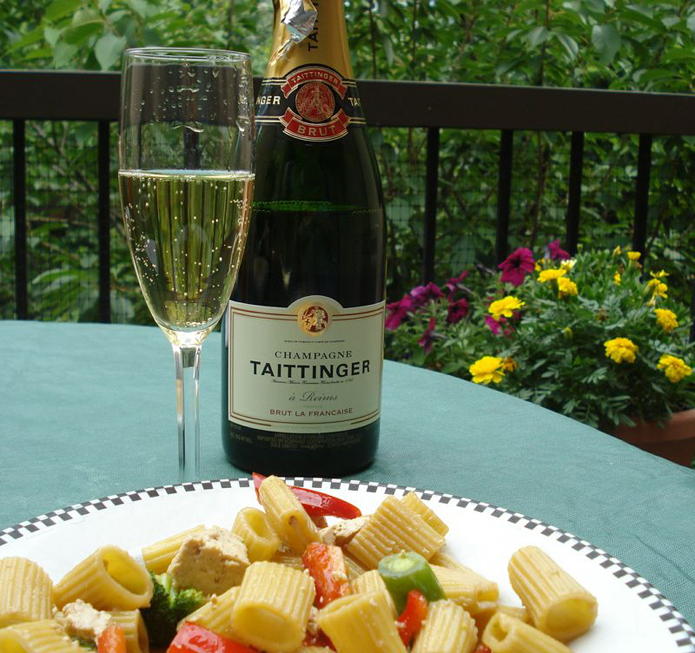
Vintage champagne aged for more than three years will go well with anything. Also, Champagne today is suited for gourmet dining that many fine dining restaurants in India offer.
Even though the effervescence of Champagne matches the complex flavours of Indian dishes, one has to be careful that it is not paired with curries that have fiery spices.
Also avoid pairing champagne with food that has ingredients like vinegar, raw onions, citrus, tropical fruits, grapes and artichoke.
When are you calling guests over for a Champagne and curry party? If you are, remember the curry shouldn’t have fiery spices. Just keep it subtle like the Dum Pukht variety.





